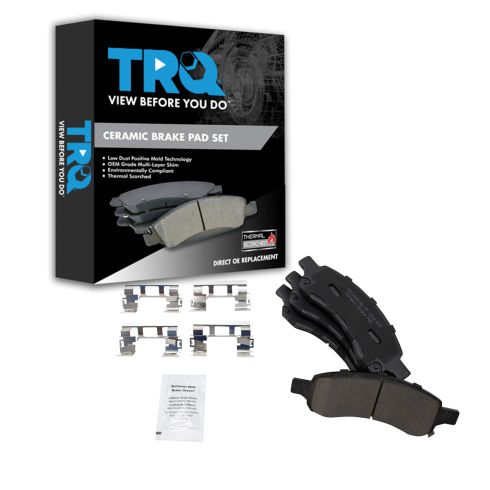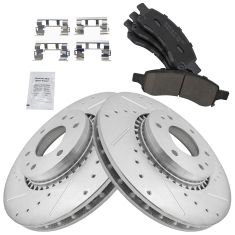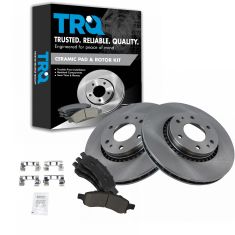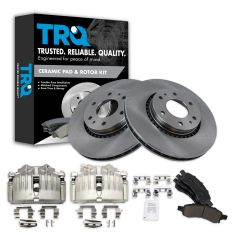1ABPS02795-Front Ceramic Brake Pads TRQ BFA73341

Replaces
2006 Chevrolet SSR Front Ceramic Brake Pads TRQ BFA73341

Product Reviews
Loading reviews
4.86/ 5.0
7
7 reviews
GMC Canyon brake pads
August 5, 2020
Pads were priced accordingly easily installed by my local mechanic. Will buy again for the other set of wheels and any future changes.
December 21, 2020
I purchased break pads at a very reasonable price and they were shipped the same day! I will purchase from 1aauto again.
works great although a little twisted
June 18, 2021
sorry for the 4 stars. shoes were the best, however the shims (glides) were all smashed nnd twisted. I cleaned up and resued my old ones. works great.
Ceramic Disc Brake Pads
December 8, 2022
These fit perfect and installed with no problem at all. The quality is also great. and I received them the right away.
Good
January 16, 2023
Good
Auto tech
March 21, 2023
Great item, very fair price, shipping out standing. came in a set for four wheels. very handy and fit
was perfect.
The right parts for the right replacement
September 15, 2024
I always shop with A1Auto as I know that the parts I order will fit and are of good quality.
Customer Q&A
Will these pads fit a SAAB 9-7 X with a 6 cylinder engine? I know the rotors are slightly smaller on the 6 cylinder as compared to the
ones one the 8 cylinder
November 5, 2019
10
Thank you for the inquiry. These pads will fit the 2006-2009 9-7X regardless of the engine size for these years. If your vehicle is a different year, they will not be correct for your application.
November 5, 2019
Curtis L
Chevrolet is a registered trademark of General Motors Company. 1A Auto is not affiliated with or sponsored by Chevrolet or General Motors Company.
See all trademarks.


















